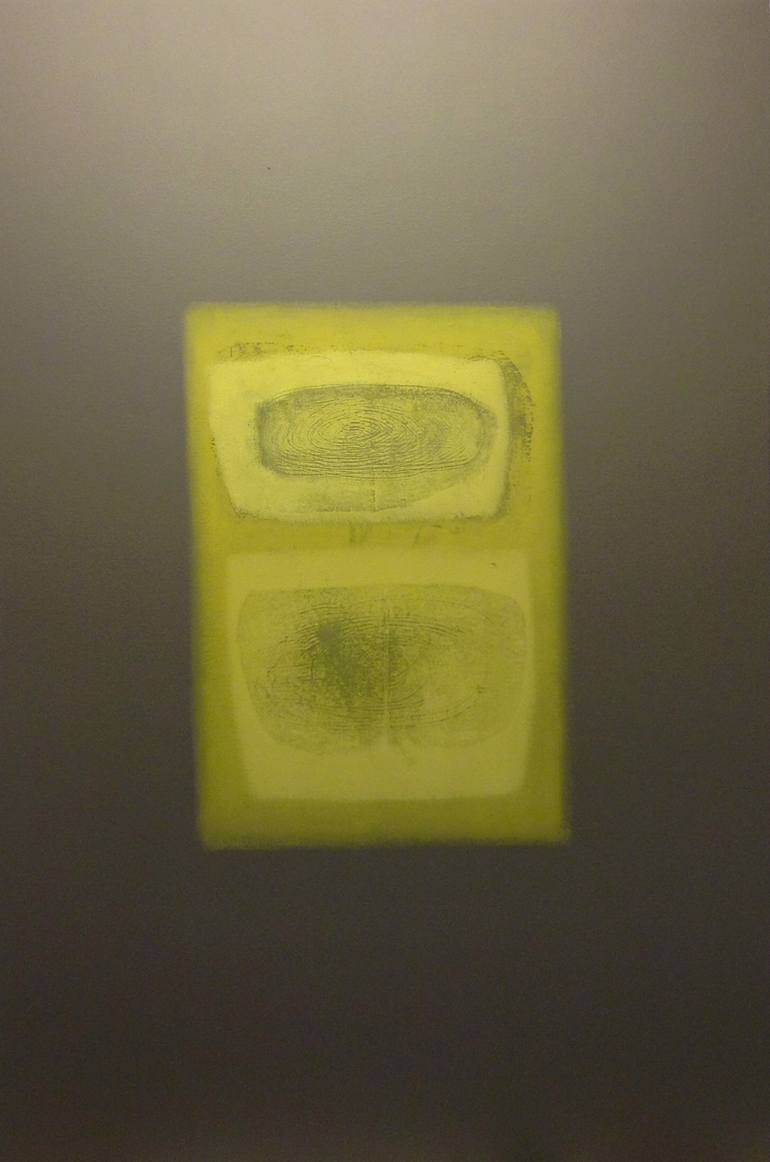






VIEW IN MY ROOM
"A Visit With Rothko" Painting
United States
Painting, Acrylic on Canvas
Size: 48 W x 72 H x 2 D in
Ships in a Crate
Shipping included
14-day satisfaction guarantee
Artist Recognition

Featured in the Catalog

Artist featured in a collection
About The Artwork
My personal aesthetic as an artist is firmly grounded in European modernism. I believe that Europeans so thoroughly explored modern art that they did not leave much for anyone else to do, in terms of real innovation in painting, except to carry the breakdown of realism they began to its final conclusion of total abstraction. Though many artists worked toward this end in a phase that came to be known as abstract expressionism, it fell to one artist to carry the process begun by Europeans to its ultimate conclusion. That artist was Mark Rothko. It is interesting to note that Rothko never considered himself an abstract expressionist and believed that there is no such thing as non objective painting, that is art without a subject or art about nothing. The reason for this is that Rothko, like the European modern masters, understood abstraction not as a removal of form from art but as a search for new symbolism with which to express it. The blocks of color in Rothko's mature works were, to him, not meaningless abstract shapes, lines and colors, but new, transcendent symbols for the figures and themes that had populated his earlier works. Rothko never stopped painting subjects. He created new symbols for his subjects that were profound and more deeply resonant with his individual experience. Concomittently, unlike abstract expressionist painters of the time, Rothko's work was deeply contiguous with the thrust of European modernism because he was educated in the emerging Eurocentric psychology of the time and its view of mythology and the timeless centrality of myth to art. Rothko believed that the upheaval that was occurring in modern art was a search for a new symbolism with which to express perennial, transcendent, mythological themes. In the narrowed focus upon formalism (color fields without meaning) that characterized American abstract expressionism, Rothko believed that American modernism had lost sight of modern arts' "raison d'être", or reason for being. His profound angst about this was exacerbated exponentially by the later emergence of mindless, American pop art which, like formal abstraction without meaning, represented to him yet another step away from the transcendent purpose of art which he viewed as sacrosanct. Rothko was the first to accomplish a "transitional completion" of the breakdown of form that began with cubism. I say "transitional" because the process of expressing form in art, breaking it down and creating new forms of expression will never end. The artistic expression of form will always adapt to and reflect the changing ways humans perceive and understand reality. I first began to feel Rothko's influence in my work in early 2013 in the emergence of a body of digital work that employed very mystical, soft, subtle tones, forms and lines that were very uncharacteristic for me. It also emerged in two paintings from that same year entitled, "Meditation 1 & 2". This recent piece shown here was very clearly painted under the direct influence of Rothko yet the treatment of the centerpiece of the painting is unique to my work and reflects the technique employed throughout my recent "Midnight Blue Series" of 2015, some of which is available for viewing in my Saatchi portfolio.
Details & Dimensions
Painting:Acrylic on Canvas
Original:One-of-a-kind Artwork
Size:48 W x 72 H x 2 D in
Frame:Not Framed
Ready to Hang:Not applicable
Packaging:Ships in a Crate
Shipping & Returns
Delivery Time:Typically 5-7 business days for domestic shipments, 10-14 business days for international shipments.
Handling:Ships in a wooden crate for additional protection of heavy or oversized artworks. Crated works are subject to an $80 care and handling fee. Artists are responsible for packaging and adhering to Saatchi Art’s packaging guidelines.
Ships From:United States.
Have additional questions?
Please visit our help section or contact us.
United States
Technology has played an important role in the development of my work as an artist. Though I consider myself primarily a painter, I feel that much of my most original and progressive work is in the newly emergent digital medium. I grew up artistically in the heart of a technological hub and this was central to the integration of technology with my art. I do not believe that technology is "the" future of art. I believe that technology, like every innovation in art before it, is an exciting new aspect of modern art and I feel honored to be a part of that. I am also a theorist on the nascent field of contemporary metapsychology.
Artist Recognition

Featured in Saatchi Art's printed catalog, sent to thousands of art collectors

Artist featured by Saatchi Art in a collection
Thousands Of Five-Star Reviews
We deliver world-class customer service to all of our art buyers.
Global Selection
Explore an unparalleled artwork selection by artists from around the world.
Satisfaction Guaranteed
Our 14-day satisfaction guarantee allows you to buy with confidence.
Support An Artist With Every Purchase
We pay our artists more on every sale than other galleries.
Need More Help?